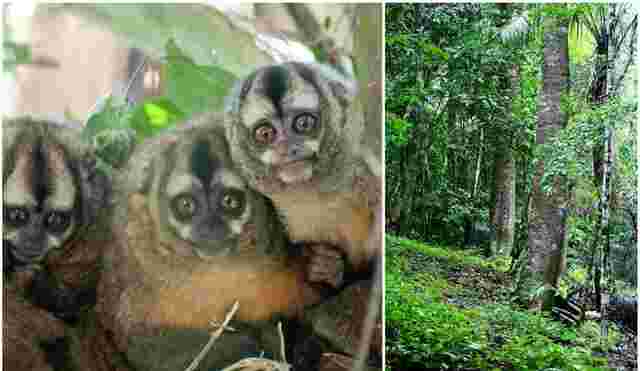This Is My Earth – A Chance To Help The Planet
19 Jun 2024 by Sandra Escobedo in Africa, Asia, Caribbean, Escape, Europe, General, Islands, Latin America, Money, Pleasure, Power, USA

Israeli zoologist Uri Shanas, Ph.D., is planning to save Earth’s threatened species by giving everyone a chance to help. He calls his brainchild This Is My Earth, or TIME.
An expert in biodiversity, Shanas also led a team of Israeli students in his homeland in a cross-border collaboration with a team of Jordanian students to study biological differences in creatures on both sides of the divide, made possible by the peace treaty of 1994. They learned remarkable things about the behavioral differences in animals.
Creatures and the land are connected in remarkable ways, and it’s in humankind’s best interest to protect these animals – the antelopes, and the bugs to preserve the biodiversity and hence the stability of the ecosystem. That’s where Shanas’ vision for This Is My Earth comes into play. “Everybody says it’s an amazing idea,” proclaims the enthusiastic scientist, whereupon he clicks open his website.
It maps hotspots around the planet where biological diversity is most profound, places that can be protected with dollars and euros contributed by you and me and even the poorest citizens of the planet. Administration of This Is My Earth would be done gratis, under his plan, by academic environmentalists from around the world who have income from their university work.

Israeli scientist on sabbatical in Portland seeks U.N. investment in his plan to preserve biologically critical “hotspots”
Shanas believes his project will save many of these plants and animals. “By protecting hotspots, we can significantly decrease the extinction rate. Most of the hotspots are privately owned,” the website tells us, which suggests the land may be purchased. His plan requires democratic control by contributors and insists that native peoples be allowed to own lands on which they have lived throughout the ages.
“The organization is democratic and affordable,” says Uri, explaining that his vision provides for persons of financial means to contribute on behalf of those who have little money. This he says is important to empower native peoples.
While Uri awaits U.N. funding for his TIME machine, he will study nutria at his spartan Portland State University office until July. He will then return from sabbatical to Israel. Biological diversity, we’re reminded, is all around us. And Uri Shanas intends to husband our planet’s biodiversity for all mankind.
For more information visit www.thisismyearth.org








